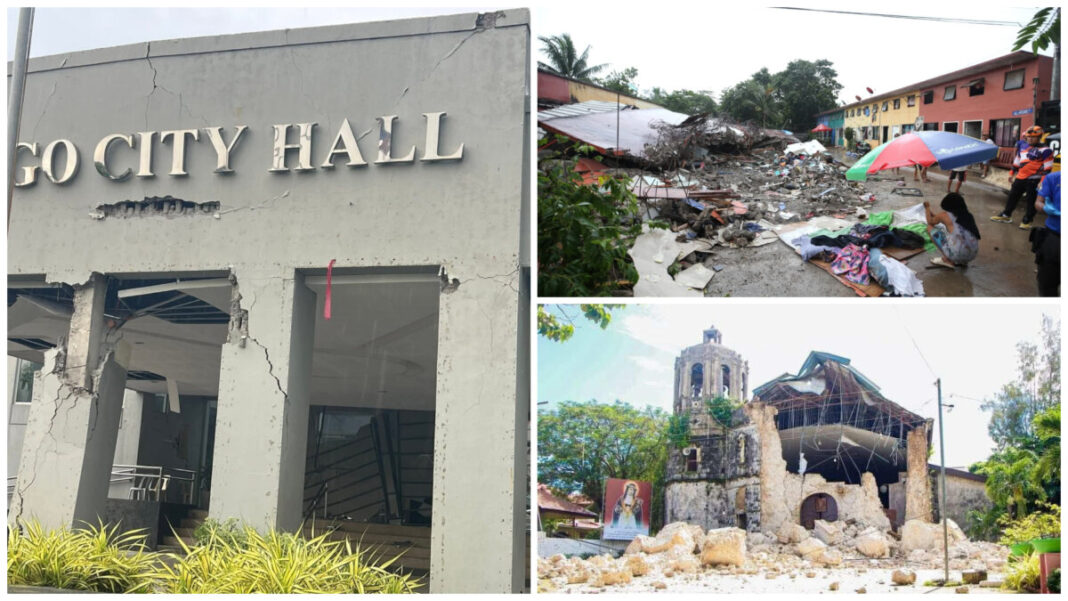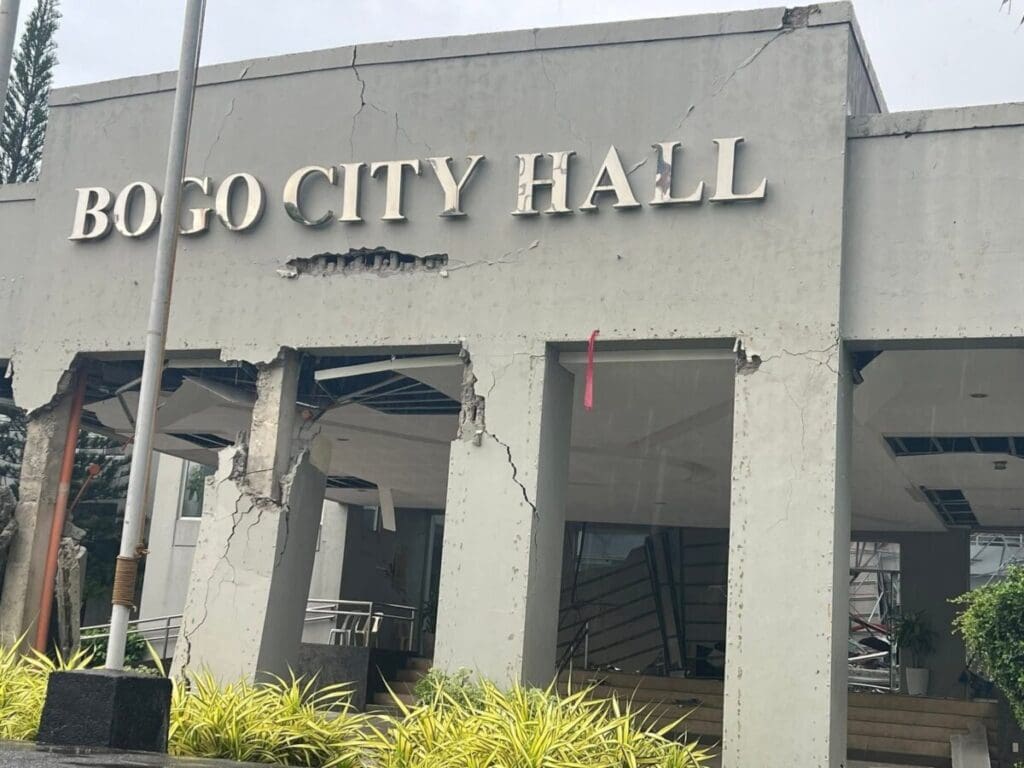
At 9:59 PM, the magnitude-6.9 quake struck northeast of Bogo City, ripping through northern Cebu with a shallow, violent force. In seconds, homes turned into heaps of hollow blocks, children screamed in the dark as families ran barefoot into the streets, and churches and schools crumbled. Thirty-one lives are already gone, hundreds are injured, and thousands have been displaced. The earth shook, but what fell most heavily was the sense of safety.
The Ruins of Everyday Life
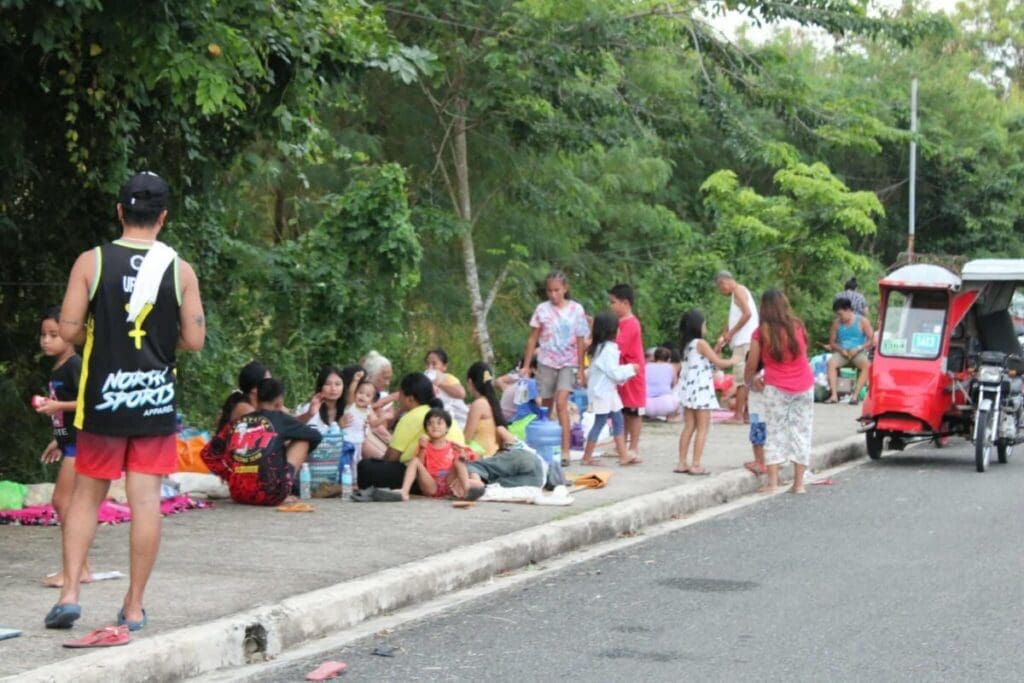
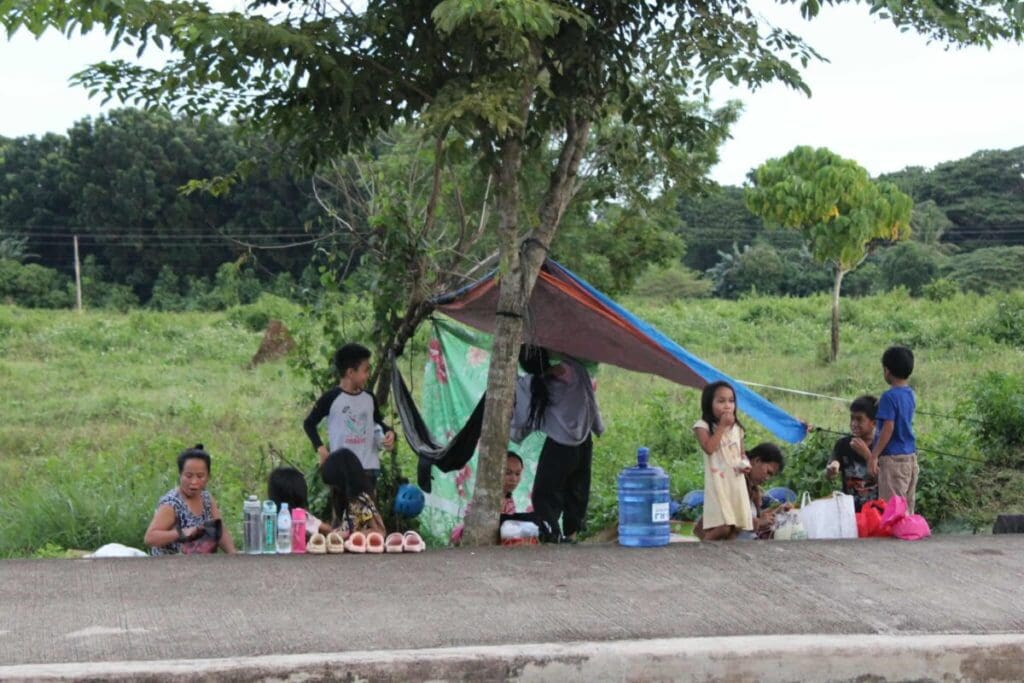
The quake left scars on the places people trusted most. In Bogo, a fire station’s walls collapsed, injuring responders who were meant to save others. In San Remigio, the sports complex turned into a death trap when its roof caved in during a basketball game, killing and trapping spectators. Religious sanctuaries, like the Archdiocesan Shrine of Santa Rosa de Lima in Daanbantayan, cracked and crumbled, their centuries-old walls no match for the tremors. A McDonald’s in Bogo was flattened. In Consolacion, a shopping mall caught fire. Roads split open and power lines snapped, leaving entire towns in darkness.
These were not just buildings, they were places of comfort, livelihood, and memory. Their collapse revealed not only physical weakness but also the fragility of the systems that allowed them to stand so vulnerable in the first place.
Cracks in the System, Not Just the Walls
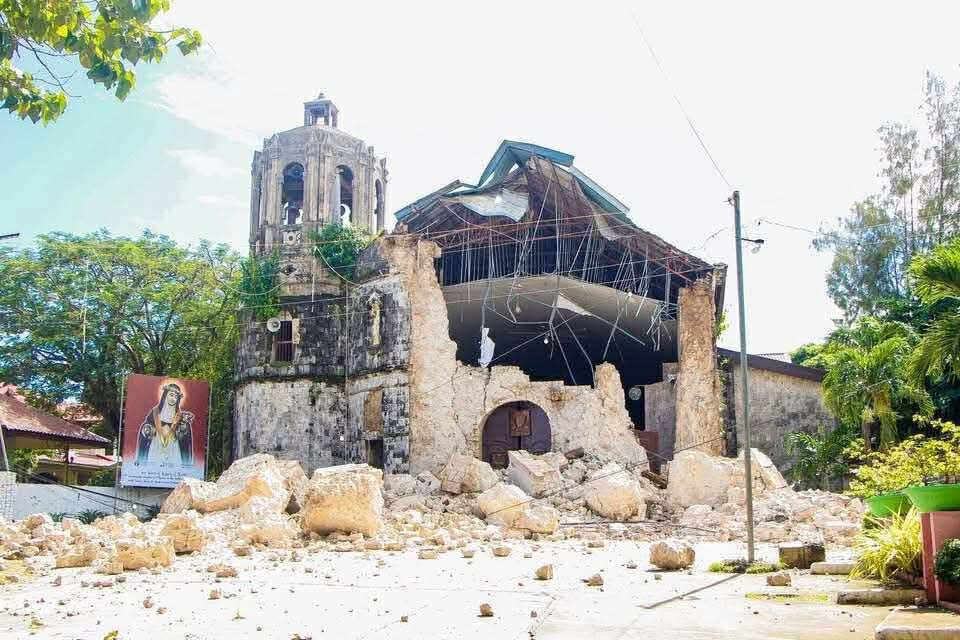
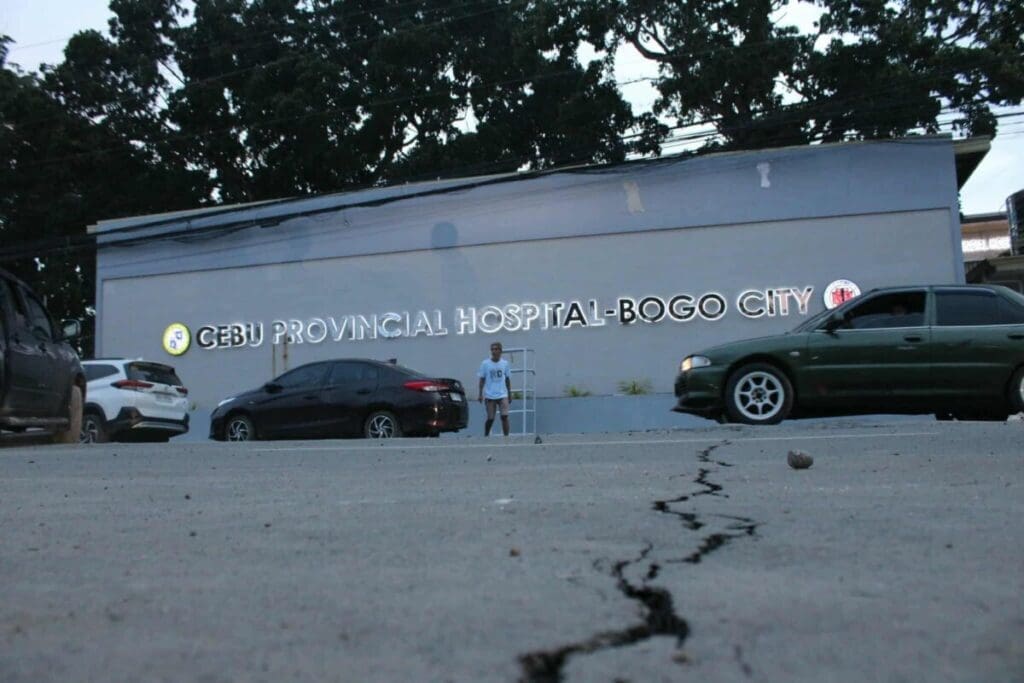
For months, Cebu has been under scrutiny for suspiciously poor public works. Flood control projects across Metro Cebu, North Cebu, and South Cebu were flagged by the NBI for being substandard. The provincial government terminated 13 projects for serious delays and noncompliance. Undercapitalized contractors were somehow entrusted with multimillion-peso contracts. Corners were cut, materials downgraded, oversight brushed aside.
Schools and Public Buildings as Death Traps
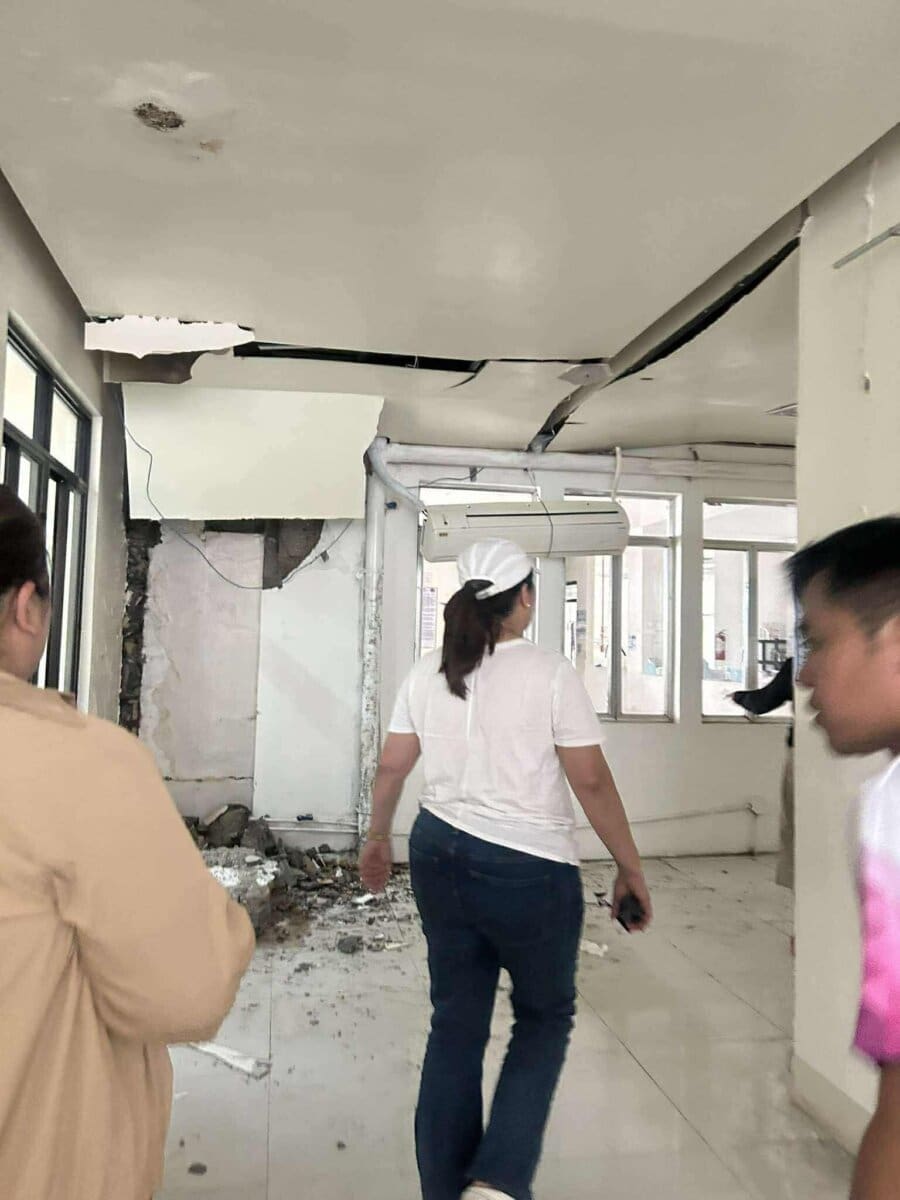
Some government schools, built or renovated in the last decade, sustained heavy structural damage. Ceilings fell, walls cracked wide, and classrooms became unsafe overnight. These were supposed to be centers of learning and even designated evacuation centers during calamities. Instead, they turned into hazards themselves, exposing how the very places where children are supposed to be safest were undermined by corruption.
The Unfinished, the Unsafe, the Unused
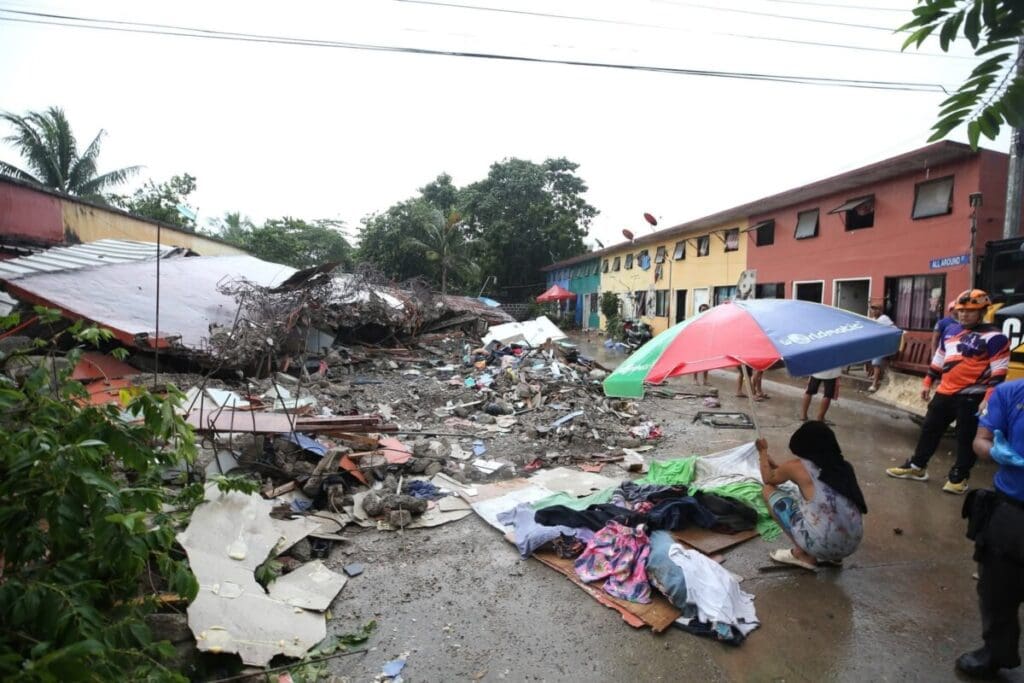
From evacuation centers left roofless, to health stations abandoned halfway through construction, to water systems that never functioned, many of Cebu’s so-called “development projects” already failed the people before the earthquake. The quake merely revealed what communities had long known, infrastructure built on greed cannot stand the test of time, much less the shock of the earth.
When the quake came, it was not nature alone that tumbled walls, it was negligence, greed, and betrayal made concrete.
The Bridge That Still Stands
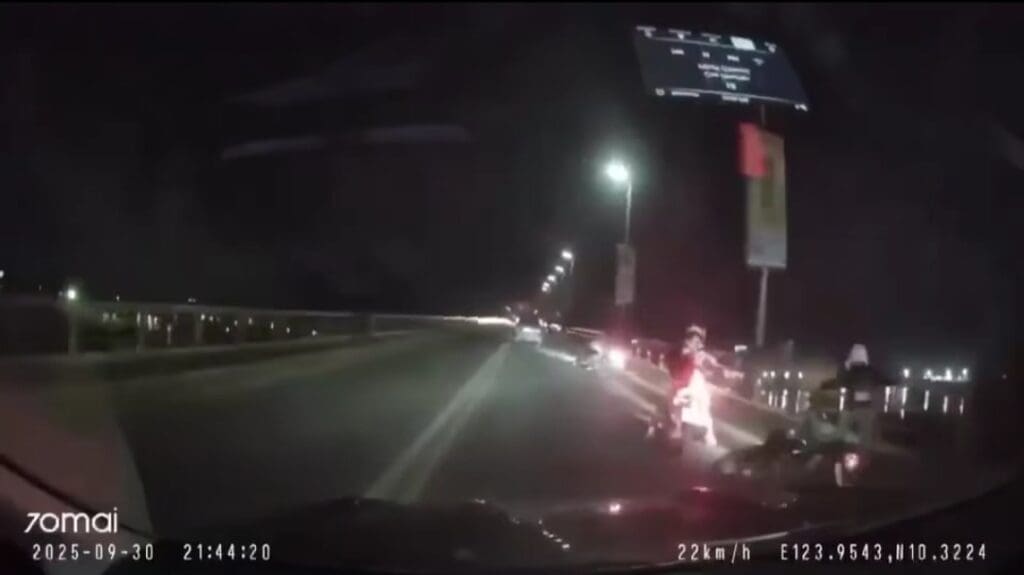
In contrast, the Marcelo Fernan Bridge, designed and built in the late 1990s under the expertise of Japanese engineers, endured the shaking with dignity. Decades old, exposed to countless typhoons and now a powerful quake, it stood strong. Its resilience was not an accident, it was the result of discipline, technical knowledge, and an uncompromising adherence to standards.
That bridge is more than a link between Mactan and mainland Cebu. It is a monument to what infrastructure can achieve when built with integrity. Its survival is both reassuring and damning, proof that Cebu can build for safety when it chooses, and a reprimand to the culture of shortcuts that plague too many newer projects.
The Human Cost of Corruption
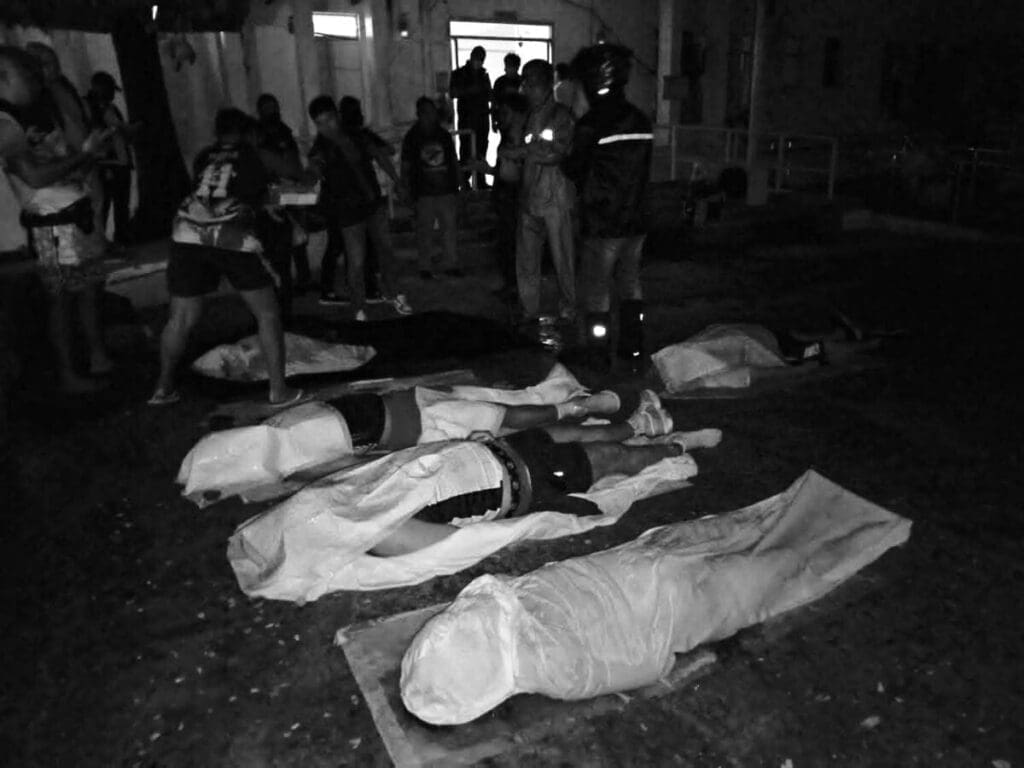
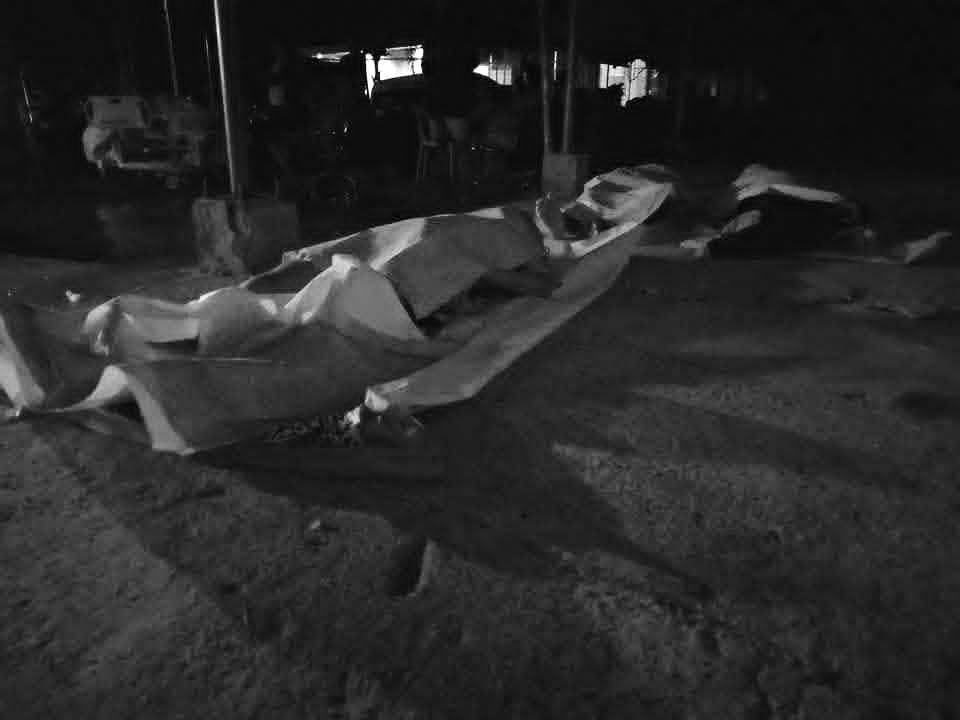
Corruption is not just a matter of missing pesos in government ledgers. It is measured in broken bones, lost lives, and grieving families. Every cracked wall and collapsed building is an indictment of leaders who signed off on projects without ensuring they were safe. Behind every piece of rubble is a human story, a grandmother crushed under her roof, a student buried in concrete, a breadwinner lost to debris.
Corruption did not just empty pockets, it hollowed out the very walls meant to shield Cebuanos from tragedy.
Promises and the Weight of History
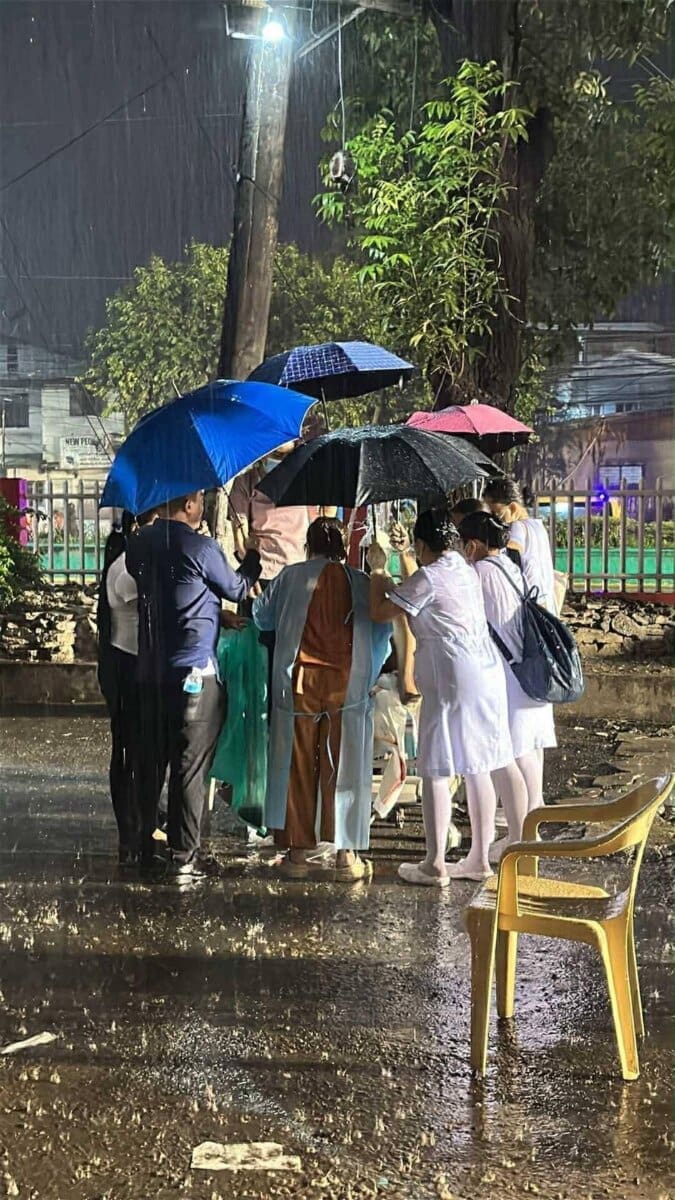
Officials are now vowing accountability. Audits are underway, the NBI is digging through contracts, and politicians promise justice. But for many, these are echoes of an old script. After Yolanda, after the pandemic, after every crisis, promises of reform were made, outrage flared, and then silence settled. Will this quake be any different, or will Cebu once again rebuild on shaky foundations, both literally and politically?
The Resilience and Exhaustion of the People
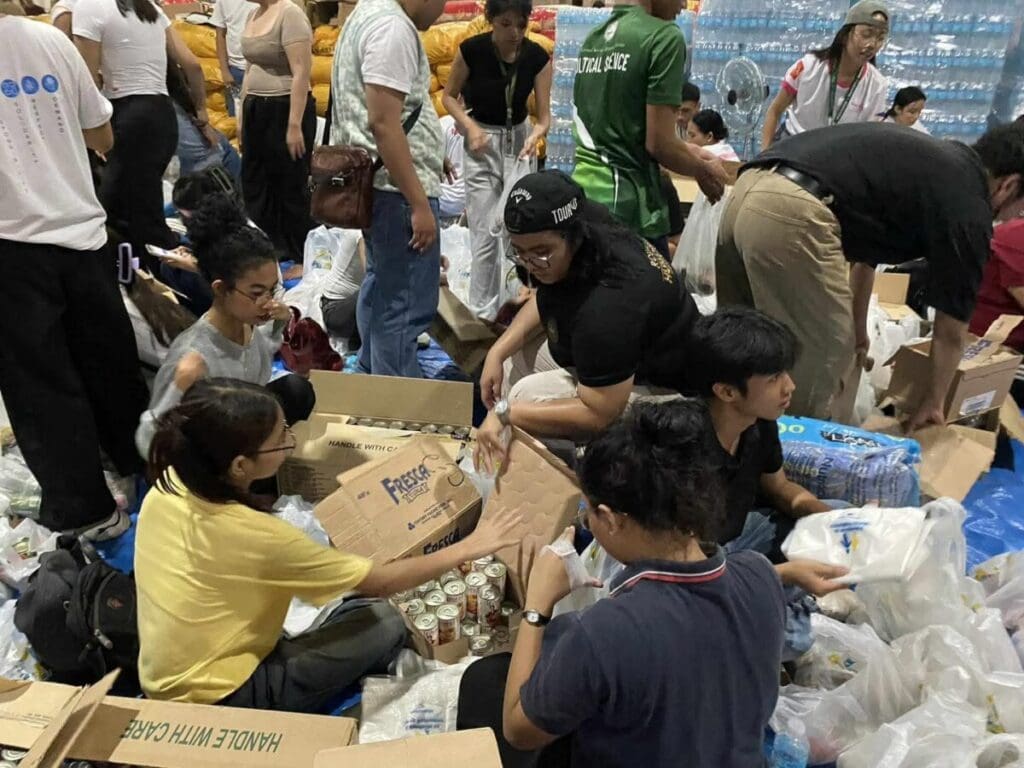
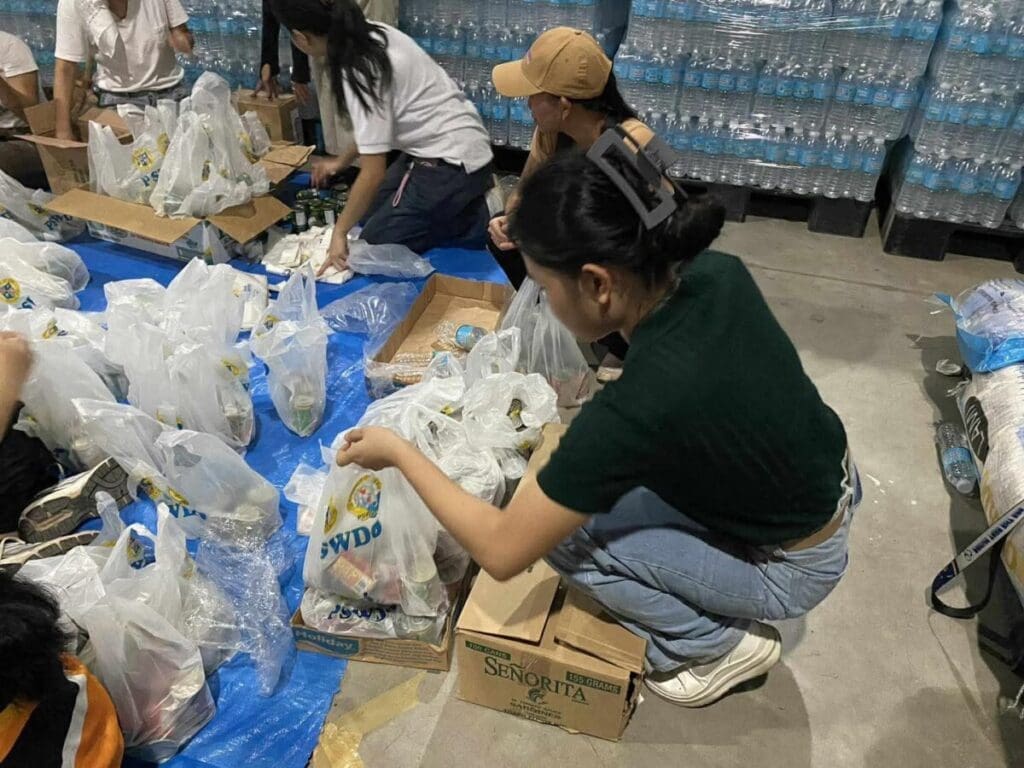
Cebuanos are once again proving their resilience. Neighbors are clearing rubble, volunteers are handing out food, doctors are working without sleep. The community spirit shines, but there is also exhaustion. How many more times must resilience be demanded, simply because those in power chose profit over protection?
Rebuilding More Than Homes
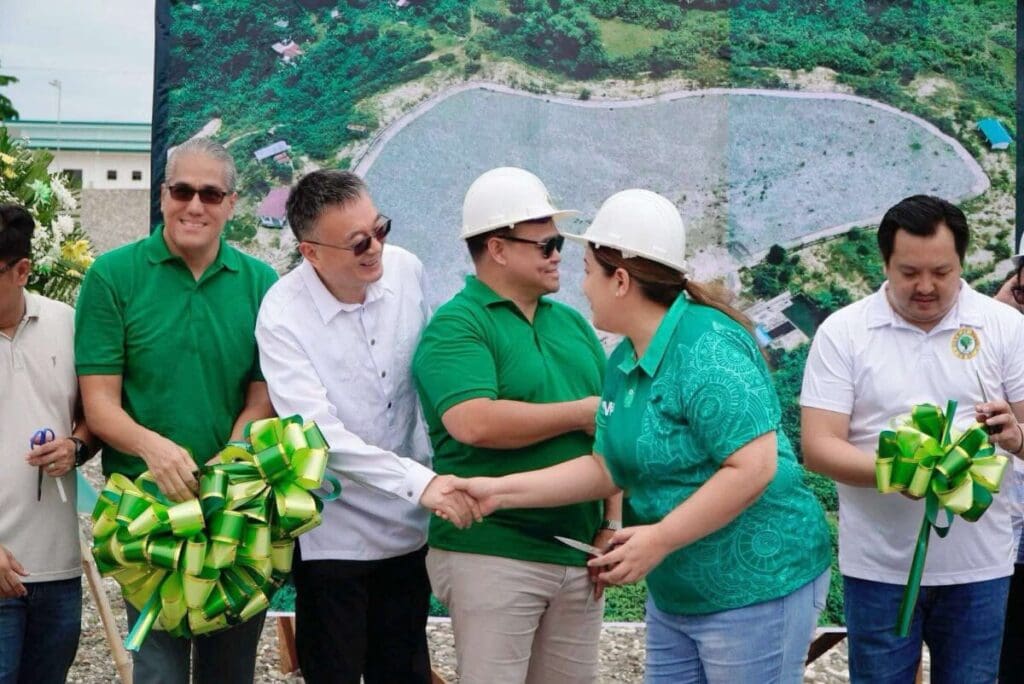
Cebu will rebuild, as it always has. Roads will be cleared, bridges repaired, schools restored. But true rebuilding requires more than construction materials, it requires repairing trust. It requires that every peso spent on public works builds structures worthy of the lives they are meant to shelter. It requires leaders who treat every project as a promise, not an opportunity to profit.
A Reckoning Beneath the Rubble
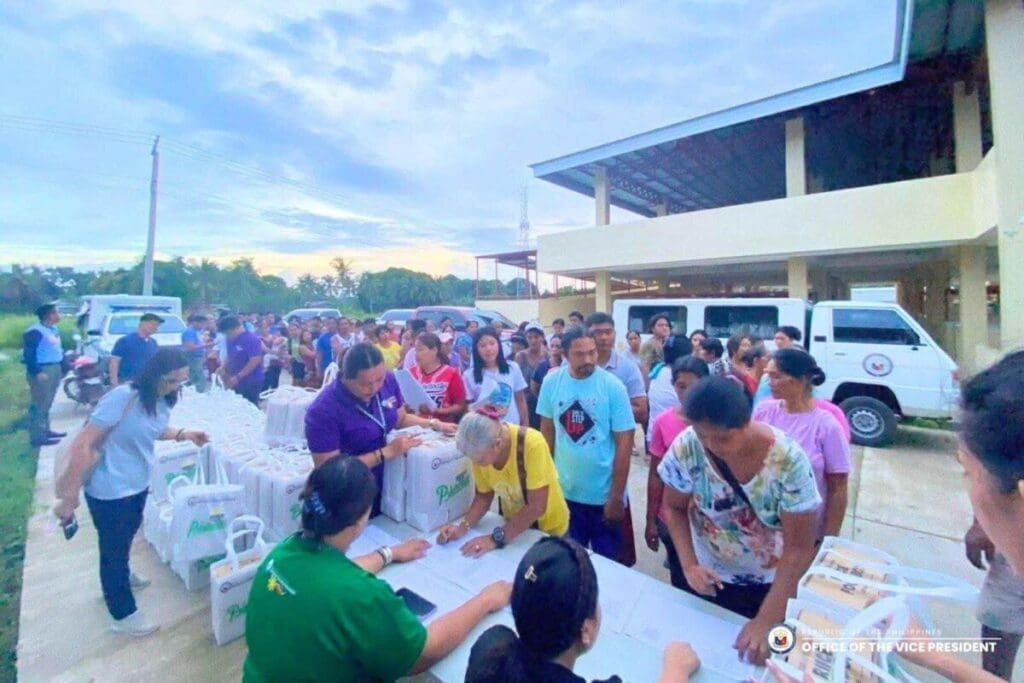
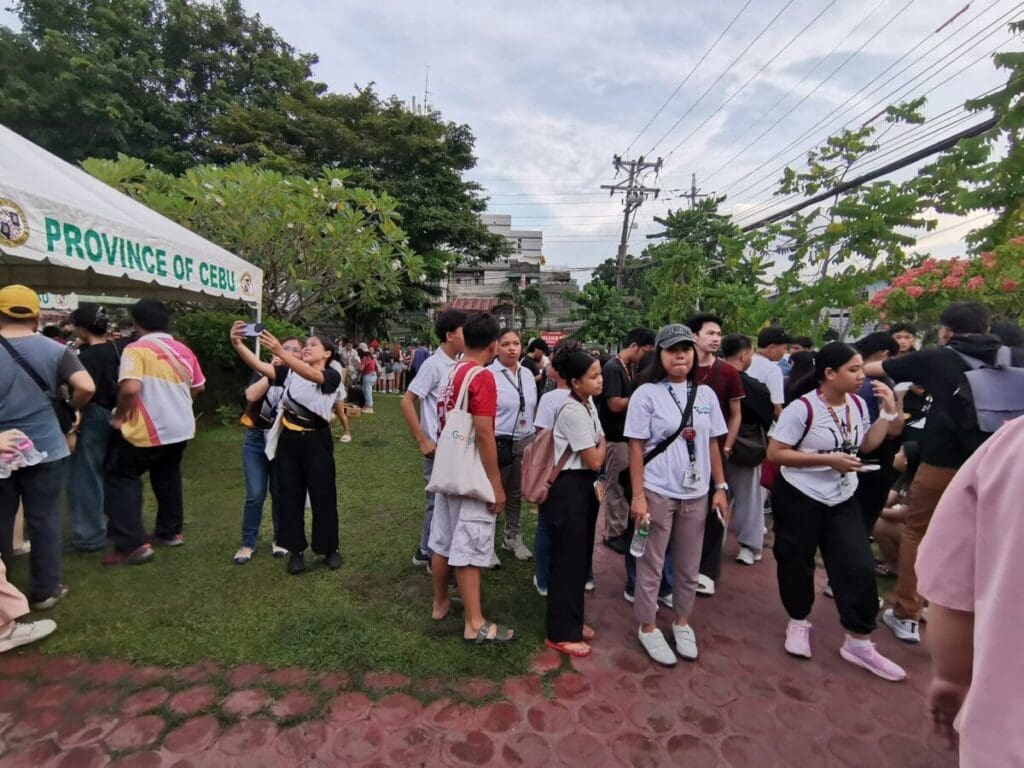
The quake may have passed, but the reckoning remains. Cebu now stands at a crossroads, continuing tolerating corruption until the next disaster, or finally demanding a future where governance is as solid as the Marcelo Fernan Bridge, where integrity is poured into concrete, and where every life is valued enough to deserve safety.

